If you’ve always made creamy pasta sauce via a Lipton/Knorr packet and are just now starting to cook certain types of food from scratch, you may be scratching your head trying to figure out how to replicate that classic white sauce that is the centerpiece of many French and Italian dishes.
The white sauce that you’re thinking of is also known as a béchamel, and it is what is known by the French as one of the “mother sauces.” Together with its siblings (hollandaise, tomato, espagnole, and velouté), it forms the basis of many other sauces and entrees in French and Cajun cooking.
Moreover, this sauce can be used in various pasta dishes such as macaroni and cheese, and within various vegetable casserole dishes. It is also the nucleus of the cheese soufflé.
Do you have a taste for a classic Alfredo, but you don’t have any cream on hand, or are trying to cut out some of the fat? Substitute a béchamel instead.
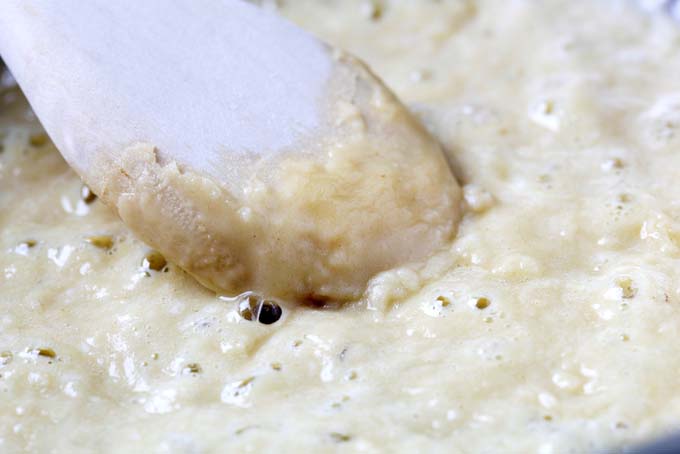
This sauce is one of the easiest to make – you basically start out with a roux, which is simply a combination of unsalted butter and flour. You then add milk in a manner similar to what you would do when you are making milk gravy (which is basically just béchamel cooked in chicken fat, bacon fat, or some other type of pork drippings rather than butter), and cook until thickened.
Also, if you substitute stock such as beef, chicken, fish, or shellfish in lieu of the milk, you will have created a velouté, which is another French “mother” sauce as mentioned above.
Ingredients:
- 6 tablespoons unsalted butter
- 3 1/2 tablespoons flour
- 2 cups milk
A few notes:
- Salted butter works in a pinch – be sure to reduce the salt content of the overall recipe to compensate.
- The amount of milk required can be adjusted significantly, depending on the requirements of the overall recipe. For thinner white sauces, 2 1/2 to 3 cups can be used, and for a thicker béchamel you may want to use only 1 ½ cups of milk. One other thing to consider is the amount of milk fat. The higher the fat percentage, the thicker the sauce will be (which is why cream is also often used as basis for this type of white sauce).
Instructions:
1. Measure out your milk and warm it, either in the microwave or a saucepan. While the milk is heating, measure out your butter into a saucepan and melt it over medium heat. Keep a watchful eye on the butter, and do not allow it to start to brown.

2. Stir or whisk the flour into the butter, and cook over medium heat for around 4 to 7 minutes. This forms the roux. Be aware that you are not trying to create a Cajun-style roux that is dark in color and nutty in nature when you make a white sauce. You merely want to flour to be just barely cooked – forming a “golden” or blond type of roux.
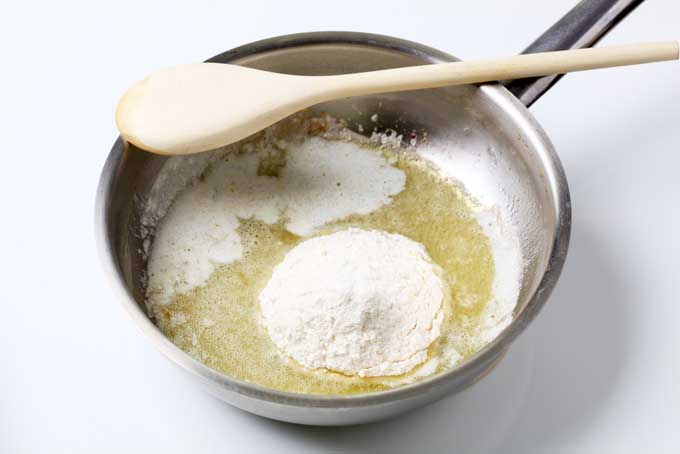
3. Slowly add just a little milk – a couple of tablespoons at most. to start. You want the roux to become just a little moist. While stirring, cook for another minute or so, and then slowly add the remainder of the milk while whisking constantly. Be sure to keep a good pace while whisking or clumps may form – you don’t want a lumpy sauce!
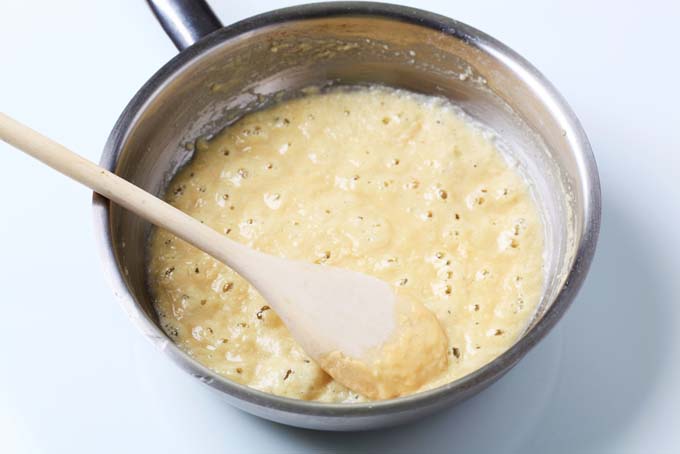
If you follow these steps, you should end up with a nice and creamy concoction that will allow you to create a base for many different dishes. Add some cheese and salt to taste for a pasta sauce, or you could even use it as is.
Do you know of any other methods for producing a white sauce? Have any great recipes that include béchamel? Please share in the comments below!
© Ask the Experts, LLC. ALL RIGHTS RESERVED. See our TOS for more details. Uncredited photos: Shutterstock.
About Lynne Jaques
Lynne is a stay-at-home mother of two boys. As a former US military officer and the spouse of an active duty US military member, Lynne enjoys traveling the world (although not the moving part!) and finding new cuisine and methods of preparing food. She also has the habit of using parenthesis way too much!

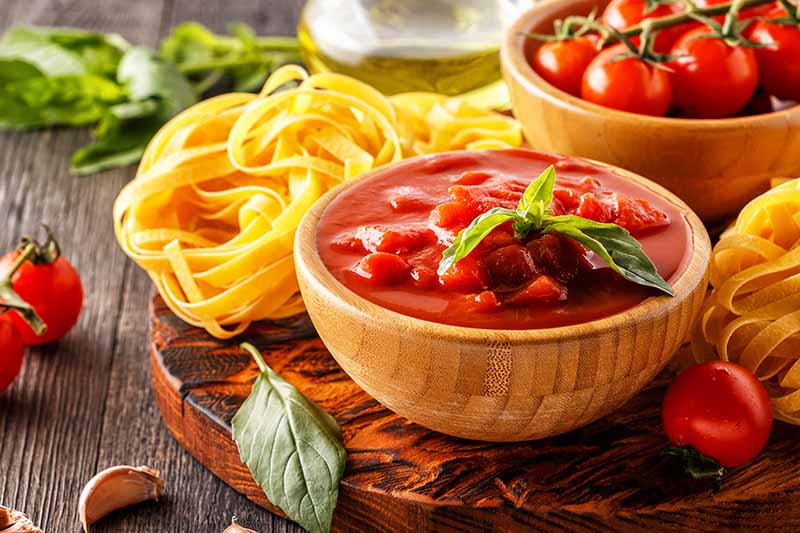
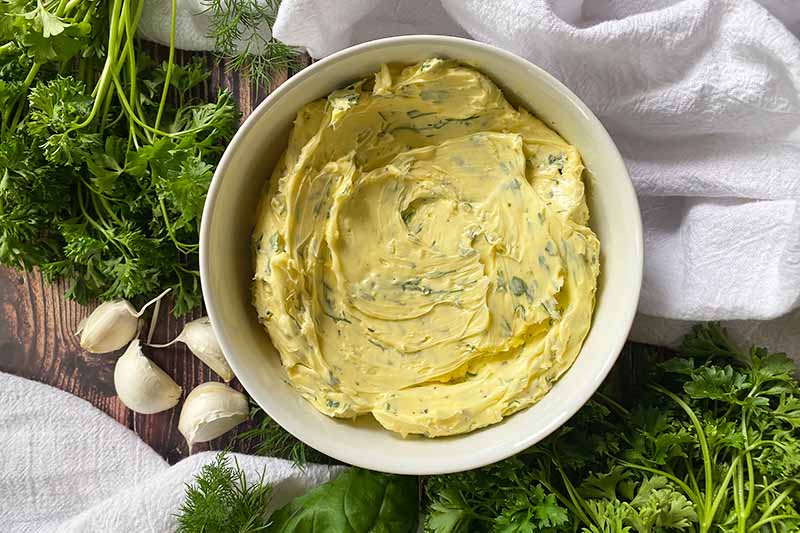
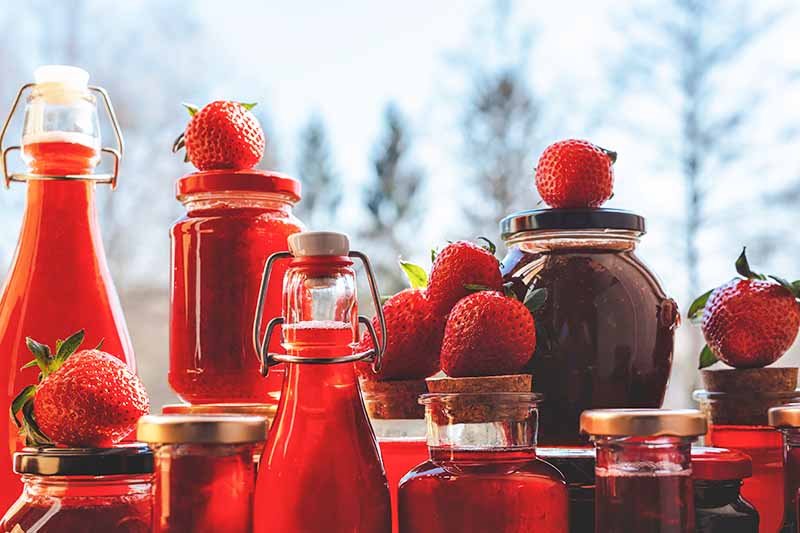
I’ve always been intimidated by the French sauces. I thought they were very complicated to make, but I can see now that they are really very simple. I am going to try to make a mac and cheese dish using the béchamel sauce. It will be my first attempt at making a mac and cheese that does not come out of a box so wish me luck.
Wow, I always thought that sauces of this caliber would be much more expensive and complicated to make. Thanks for the recipe, I’m probably going to attempt to make this after running to the store real quick.
I like this very easy to follow and basic recipe. I always thought béchamel sauce would be a bit more than i could handle. This whiz of a recipe will come in very handy for me. I have always wanted to try my hand at Cajun style cooking, have always had trouble with the sauces. I tend to burn or cook them a little too long. I’m still trying though. The kitchen has always been a zen place for me. Putting together recipes of my own or just following and adding to another. I like creamy and full of flavor. I wonder how well some type of brie would incorporate into this sauce?
This is great, I always wondered what the sauce was, after tasting it in so many dishes! I had no idea that it would be so easy to make myself! My family eat a lot of pasta based dishes so I will be sure to add this into a few of them the next time we have pasta!
This is MY sauce!! It’s my go-to sauce for just about everything. (I don’t really like tomato sauce). My homemade mac n cheese is deelish because of this sauce!! (and my secret crumbs LOL) I think the best part of having this down is that it’s a base. Once you learn that hot to get that roux and get this…you can go ahead and add to it to your heart’s content. 🙂
Absolutely! I use this technique for so many of the things that I cook. And you’re right, once you understand the basics of roux, you can do whatever you want with it! It’s really useful for adding creamy deliciousness to nearly anything you make.
Kudos for Lynne for making the basics of creamy, yummy sauces more well-known. Yay! 🙂
When I watch the Chefs’ make sauces on the cooking shows, the process looks so complicated. I am excited to know that the recipe is approachable for me. Cheers.
Very simple. Not complicated at all. Does the color change dependent upon the liquid?
This is similar to how I make a white sauce, I add a little salt and white pepper though. Really adds a little more flavor I find. Although, I have never made it without so maybe I should try it from your recipe first before I speak.
Thanks for the article! I swear no matter how much I follow instructions, I always end up ruining it 🙁
I have even tried the microwaving method but it didn’t work. Usually I just give up and use heavy cream in place of the bechamel
It sounds so scary but looks so easy! I’ll have to give this a shot for sure! Thanks
Great tutorial 🙂 Mother sauces are good to know–they make up the foundation of many recipes! I always used to use box macaroni before I learned how to make the sauce for it : ) Making sauce is an important fundamental in learning how to cook…once you get it down you can start to experiment and add all sorts of things to it. That’s when cooking gets fun!
Really excellent and easy to understand recipes. Once you learn how to make these sauces they really are easy and so much better for you than using condensed cream of something soups.
I followed your tips for making a starter sauce for my chicken and dumplings the other night. It turned out really great! No leftovers in sight 🙂 Thank you for the tips.
I hadn’t thought about using stock instead of milk, so will try it next time. I prefer to use soy milk and then make it into a cheese sauce. It does take patience and stirring and keeping it at the correct temperature and then letting it rest.
Why did I find this? This is the last thing I needed. I LOVE white sauces. They are my absolute favorites and I love adding them to my dishes. Thank you! This looks like it won’t be a headache to make, and the best part is I can make a larger amount and freeze it. Score!
The white sauce is deceivingly simple to make, yet what I find with it is that it can become lumpy quite easily. A dear friend of mine suggested to me to sive the flour before adding it to the sauce. Otherwise this is an extremely versatile sauce that can go well with a wide variety of dishes, many oven cooked. One of my favourites is oven baked cauliflower or broccoli, with this white cheesy sauce, you can serve it with warm garlic bread, fingerlickin’ good!
Great article about one of my favorite base sauces! You can use this in so many ways with the addition of the stocks. I prefer chicken myself over others. I find the the beef makes it a bit “too” heavy looking if that makes sense. Great tutorial piece!
I love the instructions! So clear and illustrated. I was always using a mix of tomato sauce and heavy cream to make some rosé sauces, but it looks like making white sauce is not this hard. I’ll have to try that instead of my old whipped cream fix!
I must confess, that was a very easy recipe and here i was judging the book by the cover, the sauce’s name is quite difficult hence i thought even the process would be equally difficult, talk of being proven otherwise…got to try it out 🙂
THis looks so easy when it’s broken down into stages. I’m really glad you included the photos, stages 1 and 2 look so weird that I would worry I had gone wrong somewhere had I tried to make it myself. It’s good to know how things are supposed to look!
This sauce is kind of like a sauce I make. I live in Georgia, and we make a sauce of butter, flour, milk and add seasoning to taste. When green beans, and potato’s are in season. This sauce is made and add to cooked peeled whole potato’s. So good and adding freshly picked cooked green beans is a added bonus.
Ah, bechamel sauce! It does sound easy to make. However, my many attempts at making one often turn out to be a disaster. I probably don’t have the aptitude to make white sauces. For such a simple recipe, I always find a way to mess it up. So, as much as possible I stay away from making pastas with white sauces.
I do something similar to this, because I add water slowly instead of milk. So, I guess that is the difference between gravy and bechamel. I want to try it with the milk, for the creaminess. I have also learned something new about mac and cheese, because I just use cheese. I can see how the sauce and cheese will make it so much nicer.
I use this more than I care to admit. If I were to admit it than I would fear the theft of something so readily available it seems like a crazy person would feel that way. It’s a great base for a lot of different sauces. especially cheese related.
I’ve always been sort of intimidated by gravies and sauces for some reason. It was only a few years ago that I began making gravy from scratch, and I was very pleased with how easy it was, and with the end result. This sounds like a delicious and versatile sauce that I will use in many dishes, and I’m eager to try out your recipe.
The best base ever…I also like to use freshly cracked black pepper. I learned this from watching Rachel Ray and her 30 minute shows. This is the base to so many sauces and building the sauce is so much fun. I enjoy adding lots of Parmesan cheese….freshly grated…..most of the time.
The only type of white sauce I’m familiar with is alfredo. This recipe looks simple enough for me to make at home. I thought it would be too complicated since its from scratch and not a jar. I would look like a cooking wiz if I made this recipe.